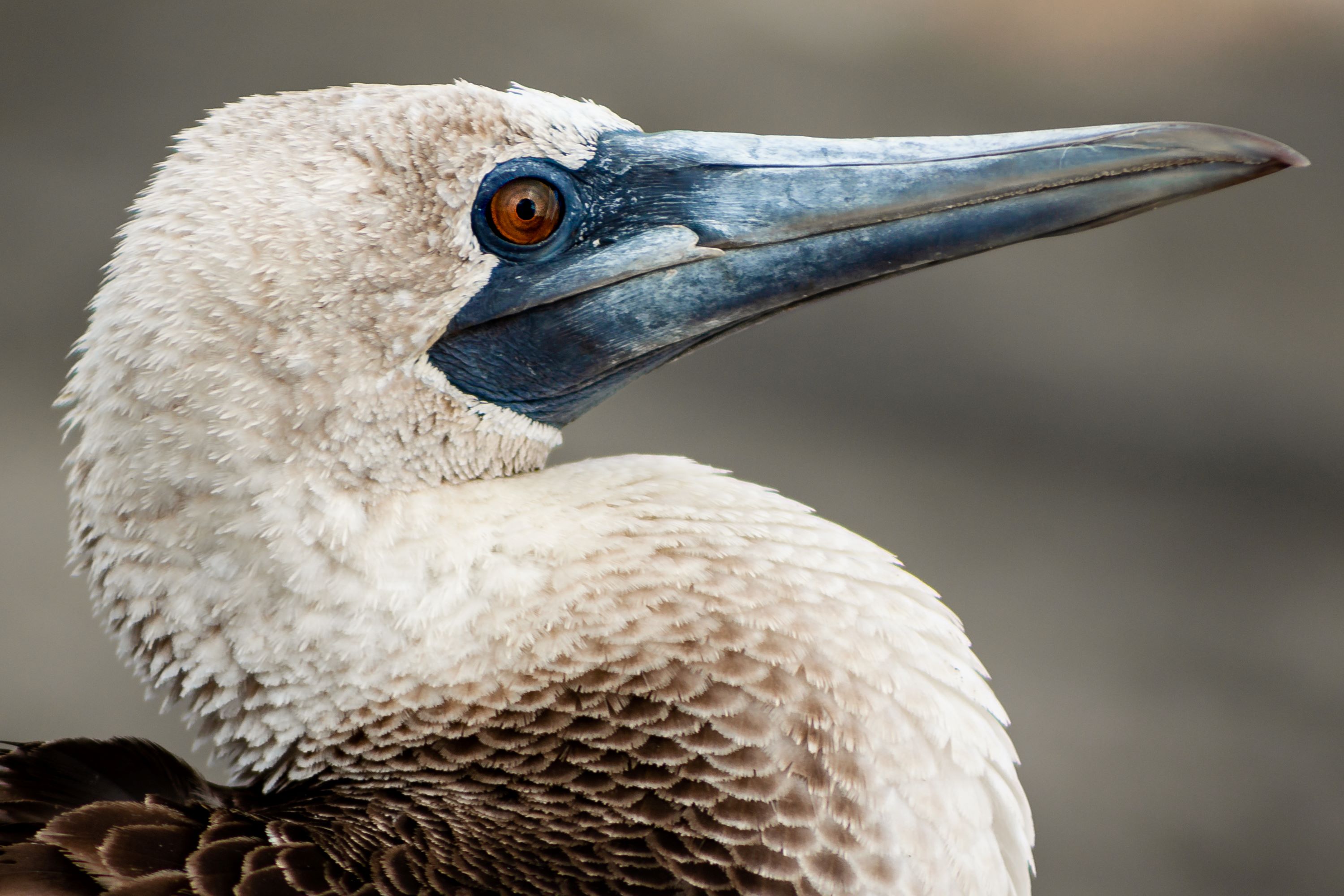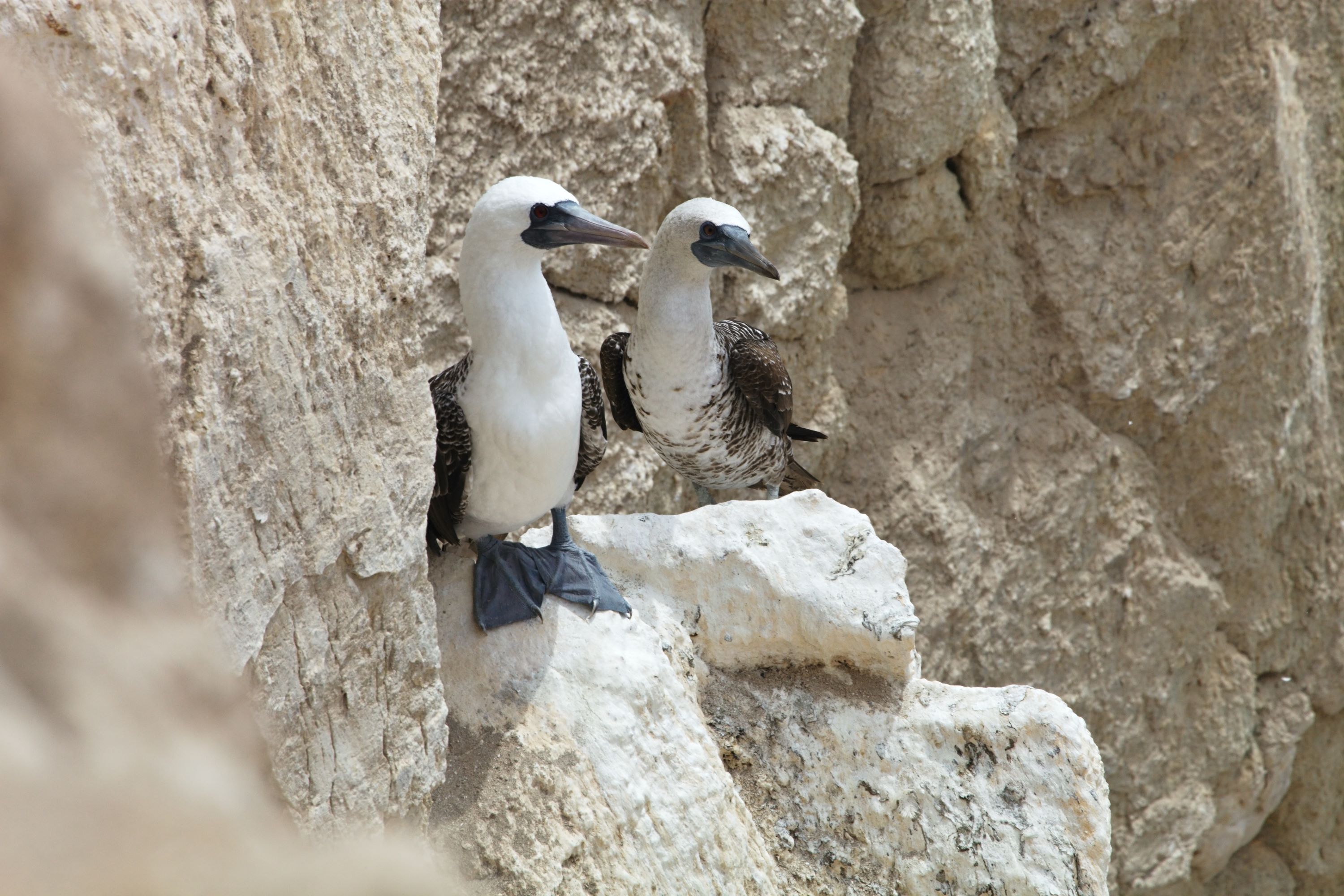
The Peruvian Booby: A Dive into the Life of Sula variegata
Introduction to the Peruvian Booby
The Peruvian Booby, scientifically termed Sula variegata, is a captivating seabird native to the coasts of Peru and Chile. As a member of the Sulidae family, it is closely related to other booby species, yet it possesses distinct characteristics and behaviors that set it apart. The Peruvian Booby is not just an integral part of its native marine ecosystems but also a bird of significant interest for ornithologists and birdwatchers due to its unique ecological role and behavior.
Physical Characteristics
The Peruvian Booby is a medium-sized bird, with adults typically reaching lengths of about 65-75 cm and exhibiting a wingspan of approximately 135-140 cm. They are characterized by their white plumage, contrasting sharply with their black tail and wing feathers. Their heads bear a distinctive dark cap, and the birds have strong, pointed beaks adapted for efficient fish hunting. One of the most striking features of these birds is their bright blue eyes, surrounded by bare, yellow skin.
Habitat and Geographical Distribution
This species is predominantly found along the Pacific coast of South America, particularly from central Peru to central Chile. Their habitat is strictly coastal, favoring areas with cold, nutrient-rich waters like those found in the Humboldt Current. These conditions foster abundant marine life, providing an ideal feeding ground for the Peruvian Booby.

Feeding Habits and Diet
The diet of the Peruvian Booby is primarily composed of small fish, especially anchovies, which are abundant in their habitat due to the upwelling of nutrient-rich waters. They employ spectacular plunge-diving techniques from heights of up to 100 feet, folding their wings back as they enter the water to catch their prey. Their feeding habits are closely linked to the health of the marine ecosystem, making them excellent indicators of oceanic productivity.
Reproductive Behavior and Nesting
Peruvian Boobies are colonial nesters, often found in large, densely populated colonies along cliffs and rocky outcrops. They build their nests from guano, a resource once so valuable it fueled a 'guano rush' in the 19th century. Breeding is highly dependent on food availability, with high fish stocks leading to increased breeding rates. During breeding, these birds exhibit strong territorial behavior around their nest sites.
Courtship and Mating Rituals
The courtship of the Peruvian Booby involves elaborate displays, including vocalizations, head bobbing, and wing-flapping. These displays are essential for mate selection and pair bonding. Pairs are generally monogamous for a breeding season, working together to raise their young.

Incubation and Parental Care
A typical clutch consists of two to three eggs, with both parents sharing incubation duties over a period of approximately 4-5 weeks. The chicks hatch altricial, meaning they are relatively undeveloped and require extensive parental care. Parents feed the chicks through regurgitation, and this intensive care continues until the chicks fledge, which takes about 2 to 3 months.
Conservation Status and Threats
While the Peruvian Booby is not currently listed as an endangered species, it faces several environmental threats. These include overfishing, which reduces their primary food source, and climate change, which can disrupt the marine ecosystems they rely on. Preservation of their coastal habitat and sustainable fishing practices are crucial for their continued survival.
Conclusion: The Significance of the Peruvian Booby
In conclusion, the Peruvian Booby (Sula variegata) is an essential component of the South American coastal ecosystem. Its feeding habits, reproductive behavior, and ecological role offer valuable insights into the health and dynamics of the marine environment. While they are not present in landlocked regions like Utah, understanding and appreciating the ecological significance of such species is vital for global biodiversity conservation. The Peruvian Booby's existence highlights the interconnectedness of ecosystems and the importance of preserving natural habitats across the globe.